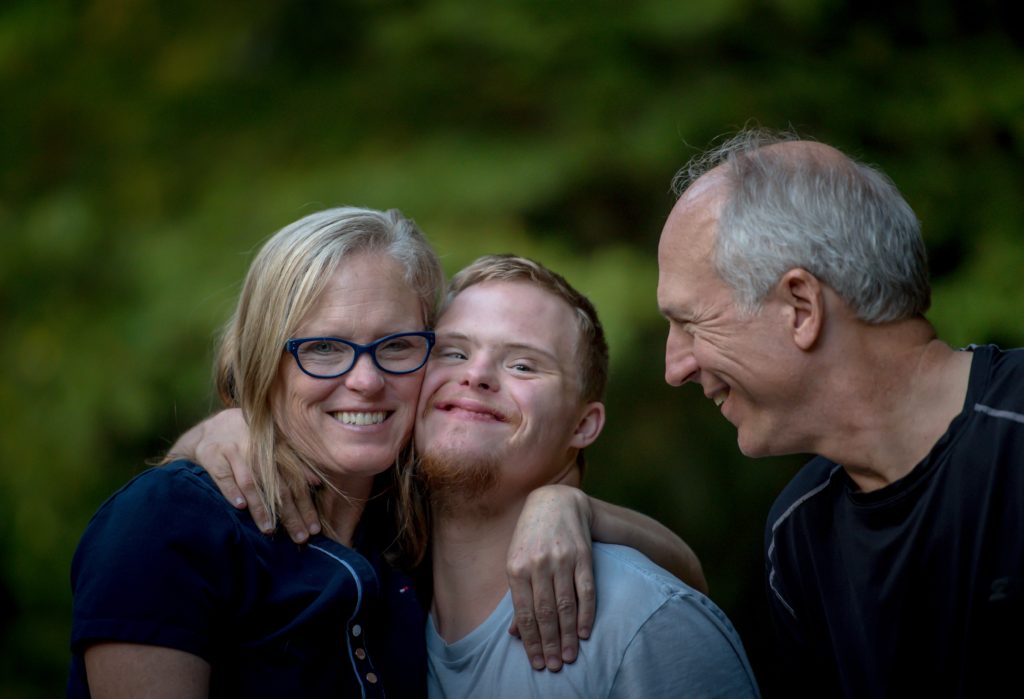
Marketing brings clarity for all customers to hear:
- That their existing situation could be improved.
- Your product or service is the best fit to solve their problems (real benefits, genuine outcomes).
- Making the change to your product or service is a good choice (no fear, no uncertainty).
- Their reasons for remaining with their current solution aren’t as compelling as they think.
Marketing, when done well, transfers anticipation and enthusiasm to the customer to try a new product or service. Expecting customers to get excited without your brand’s help is expecting a lot. When it comes to disability inclusion, many brands seem satisfied being compliant or checking boxes, rather than focusing on outcomes – increased sales and employment.
If your organization takes steps to create disability inclusive marketing, it’s imperative to communicate two things: 1) Show other customers making the leap; and, 2) Take care to approach different verticals.
Show Customers Making the Leap
Communicate, using social proof or testimonials, outlining the positive impact a product or service has had in the lives of people with disabilities when a purchase has been made. Testimonials are most effective when the journey from before to after is shared.
Take Care to Approach Verticals
Customers with disabilities, and their influencers, have different issues, concerns and preferences. It’s really important to understand the distinctions of each. A parent of a child with autism or cerebral palsy may prefer a brand of clothing that doesn’t have tags or seams because they’re an irritant for their child. A person who is Deaf may prefer a specific smartphone because of a text plan, or the quality of the video. A wheelchair user may prefer a specific hotel brand because of the accessibility features in the rooms. Change isn’t the same with each vertical, so you can’t communicate with them the same way. But to start you must understand the preferences of target audiences.
The first step to meaningful disability inclusive marketing is recognizing why it can be difficult for this segment of consumers to change, from what they’ve had experience with, to something new. The second step is knowing that even the most innovative product or service won’t sell itself without the right messaging. You can influence perception by sharing the world of a person with a disability before your product or service, and their world after.
Leave a Reply
You must be logged in to post a comment.